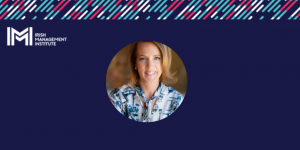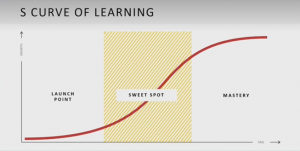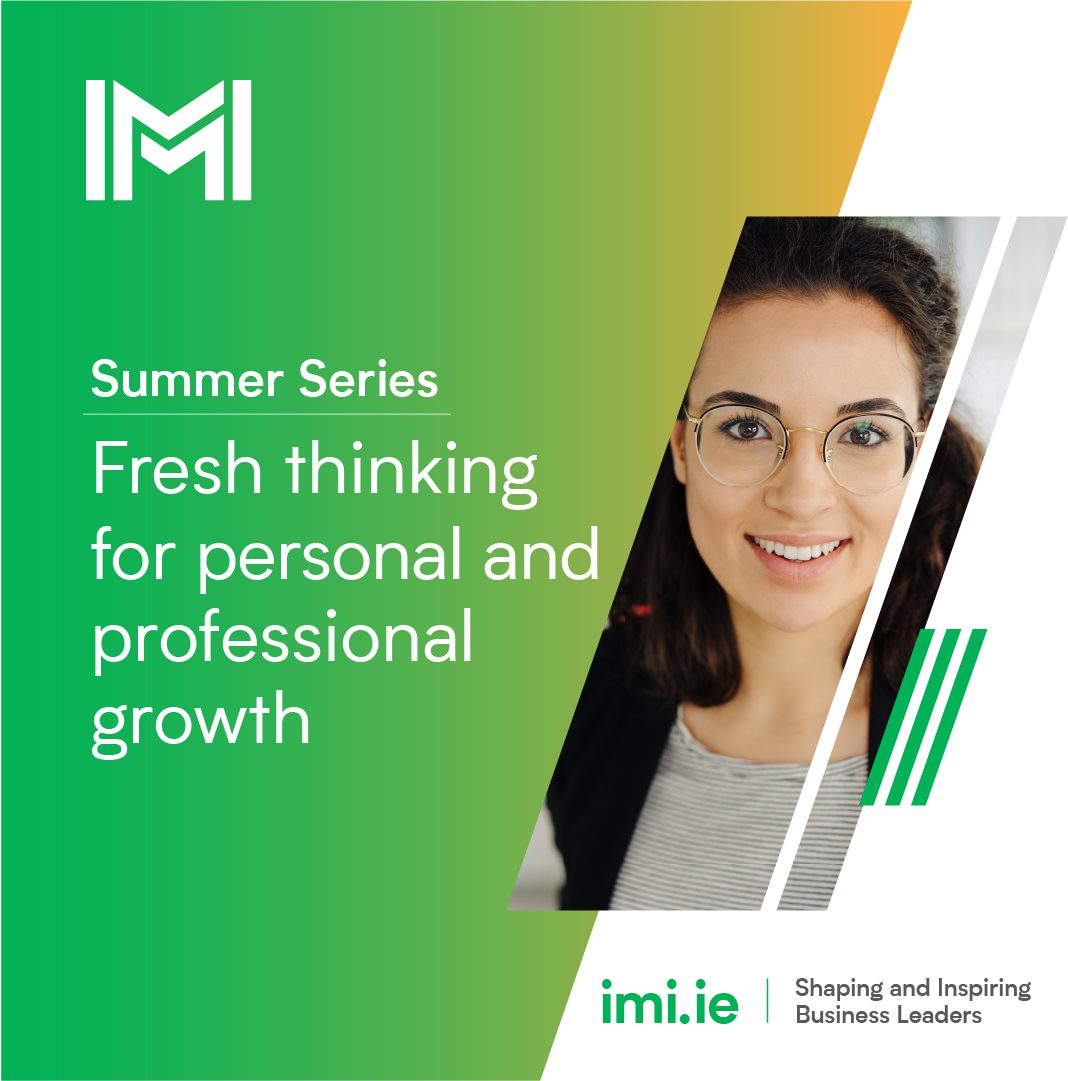Related Articles
Whitney Johnson: How To Grow Resilient Leaders
Top takeaways from Whitney Johnson’s session at the 2021 National Management Conference.

1. ‘It’s never a problem. It’s always about learning’
Two years ago, I was asked to do a talk in Peru, so I took the opportunity to visit the Inca citadel of Machu Picchu. To get there, my fellow travellers and I had to navigate a treacherous mountain path – with no ropes or guardrails. On the descent, our tour guide was asked by another climber ‘Is it a problem?’ Our guide replied, simply and calmly: ‘It’s never a problem, it is always about learning’.
Those wise words struck a chord with me. We can map this philosophy directly to leadership. As leaders, we must get to a point where, no matter the task, we can say that it is always about learning. To achieve this, we first need a roadmap to follow. Only by understanding the process of growth can you increase your capacity to grow. If you want to disrupt the business world around you, you must first disrupt yourself.
“Resilience starts with you,” said Whitney. “The fundamental unit of growth in every organisation is the individual. Ask yourself what you can do to embark on your journey of personal disruption and growth.”
2. Take the right risks
In business and life, we all take risks. To accelerate our growth, however, we must be mindful of taking the right risks. We can split risk into two categories – competitive risk and market risk. In competitive risk, we know there is an opportunity, and we must find a way to compete with our peers to win. This could be anything from a job to a valuable project we think would be a good fit for our skills.
We also have market risk, which is when we don’t even know if there is an opportunity, but we think there is a problem that needs to be solved. If we can solve it, there is no competition. In essence, you can play where no one else is playing.
Leaders should be cognisant of the types of risk they are generally taking. Think carefully about how a market risk approach can help in building resilience around your organisation.
“Remember, amateurs compete and professionals create,” said Whitney. “How am I going to play where in the past, mentally, I have not been willing to play?”

3. Examine your expectations
This is probably the most important tool in your framework for personal disruption. After all, our brains always hypothesise about what could happen in a situation, which frames our expectations. In the S-curve framework, as you start to predict more, you will become more accurate and move towards mastery. As you reach the top of the S-curve, however, while you are still growing, the return is not the same in terms of dopamine.
In a leadership context, the use of the word ‘should’ is a key one to watch. For example, we might say, ‘Our customers should respond differently to this product’. When we find ourselves using that word, what we have is a gap between reality and our expectations. In that gap, there is a drop in dopamine. In other words, we are competing with the reality of the situation rather than approaching it in a productive, sensible way.
As I mentioned, amateurs compete and professionals create. The question for leaders is this: How does eliminating the word ‘should’ help you become more resilient?
4. Play to your distinctive strengths
We all have our strengths, those talents that come naturally to us. Our distinctive strengths are even more important: these are things we do well but people around us do not do well. In order to be a resilient leader, of course, we need to feel strong and identify our distinctive strengths are.
The only problem is that often we are so caught up in our daily work that we don’t pause to figure out what they are. Our distinctive strengths are invisible to us. We have blind spots not only for our weaknesses, but also for our strengths. Because these abilities come so easily to us, we dismiss them and wonder how they could be valuable.
To overcome this mental block, the next time someone compliments you, take note of it. Instead of bashfully deflecting it, listen carefully and take it in. When we can pinpoint what makes us feel strong as leaders, we get a boost in confidence and clarity of purpose.
5. Did I fail, or am I just learning?
When we start a new project or assignment, we sometimes predict a linear pathway – that everything will run smoothly – but this is not always the case. This happens in our careers, too. I have been fired from a job in the past and I thought I would never recover. While I was devastated at the time, I quickly realised that failure wasn’t the problem; it was how I felt about it.
Ultimately, it is the shame of having failed that limits our ability to personally disrupt ourselves, it is not the failure itself.
Ask yourself the question: Did I fail, or am I just learning?
“If we can separate out our ego and identity from the failure, we can be comfortable in failure because our ego is off the table,” said Whitney.
Embracing this approach can lead to a more open and discovery-driven approach to growth, both individually and in our organisations. A leading predictor of C-suite success is being able to deal with ambiguity.
If we can take that step out of our comfort zone to become more resilient, we can confidently tackle the challenges ahead and create a domino effect for those around us.
For more IMI Corporate Member Insights, go here.





